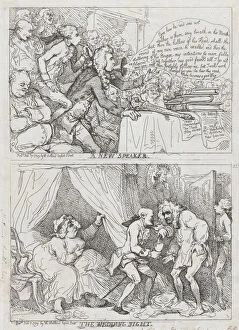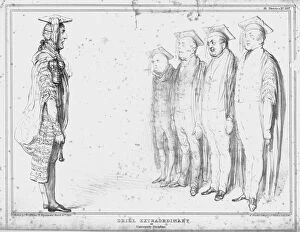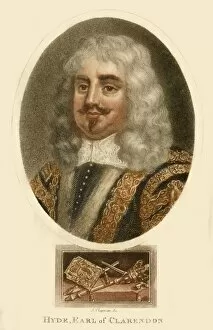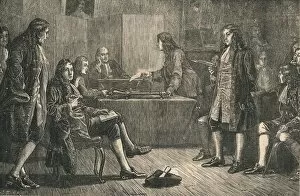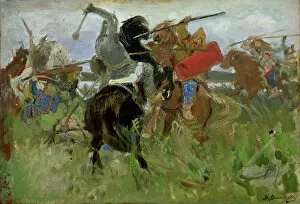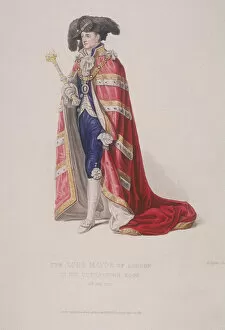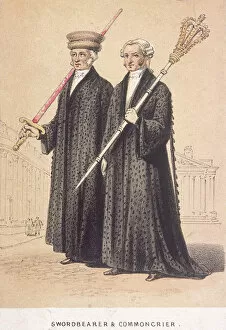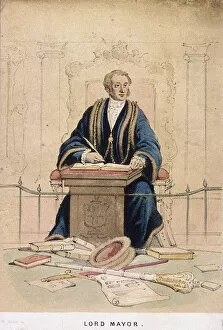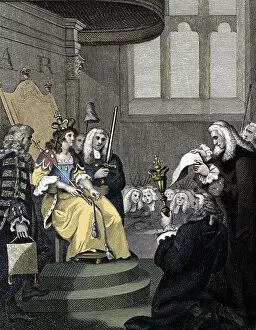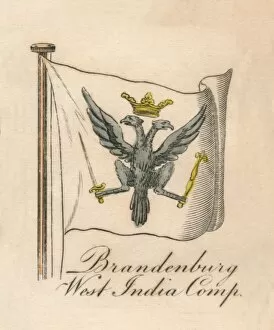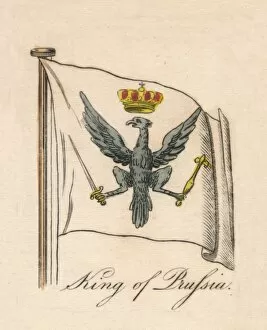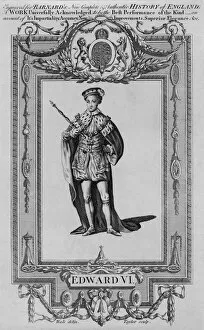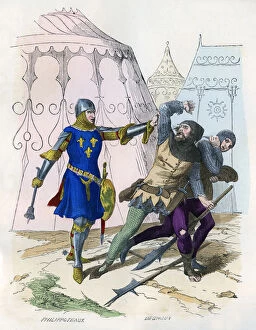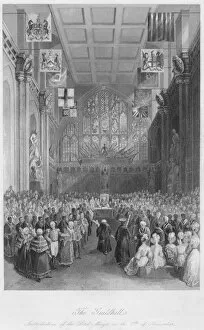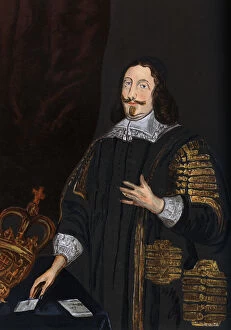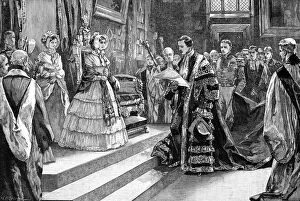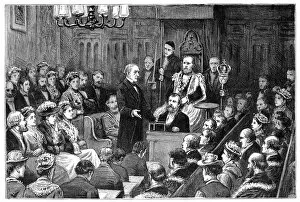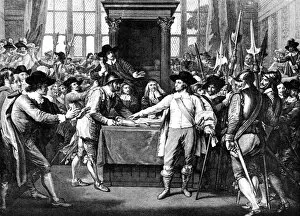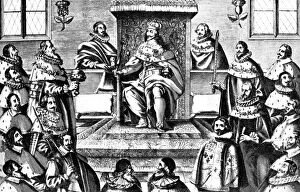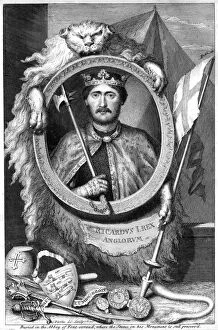Mace Collection (#7)
"Mace: A Symbol of Strength, History, and Independence" From the battlefields to the boxing ring, it has left its mark throughout history
For sale as Licensed Images
Choose your image, Select your licence and Download the media
"Mace: A Symbol of Strength, History, and Independence" From the battlefields to the boxing ring, it has left its mark throughout history. The Staffordshire Regiment proudly carried their maces as a symbol of honor and bravery. Jem Mace, a renowned boxer in his time, fought with determination and skill just like the warriors who wielded maces on ancient battlefields. His fists were his weapons, delivering powerful blows that echoed through the annals of sports history. Speaking of battles, let's not forget the Battle of Bannockburn where Robert the Bruce secured Scotland's independence from England. In this 19th-century wood engraving capturing that historic moment, we can almost feel the weight of those mighty maces clashing against armor. But mace isn't limited to warfare; it finds its place in art too. "The Blackbird Song, " an oil painting from 1908 depicts a serene scene where nature harmonizes with human existence - perhaps reminding us that even amidst chaos and conflict, beauty can still be found. As Vikings stormed British shores centuries ago, they brought along their fearsome weaponry including deadly maces. These formidable tools struck fear into their enemies' hearts as they sought conquest across new lands. Beyond warfare lies another fascinating aspect – culinary delights. Green and red seeds of nutmeg and mace add flavor to dishes worldwide. These precious spices have been cherished for centuries for their aromatic qualities which enhance our taste buds' experience. Back to Jem Mace once again - this time not as a boxer but as a handframe knitter at The Shawl Factory of GH Hurt. This image showcases how skills passed down through generations create intricate patterns reminiscent of historical tapestries or regal garments adorned by kings during grand events like Parliament openings in 1886. And speaking about grandeur brings us to swords, daggers, and yes – even more majestic-looking maces. These weapons, often seen alongside regalia like St.

